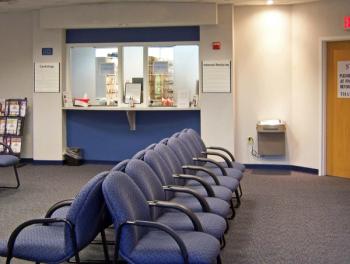
Skyrocketing spending on skin substitutes: What were relevant care settings?
A regional inspector general for the U.S. Department of Health and Human Services explains oversight of a multi-billion-dollar trend in Medicare spending.
Federal regulators focused on noninstitutional settings, including
Medical Economics: Were there any trends that you noticed regarding typical care settings they used the most skin substitutes?
David Tawes, MA: Our work focused only on non-institutional settings. So, most of the units, most of the enrollees are being treated in physician's office, and that could include podiatrists and nurse practitioners, a lot of times wound care professionals. But homecare has grown to about a quarter of patients, but interestingly, that quarter of patients represent more than half of expenditures. And that's because, for whatever reason, those reportedly being treated at home get much more expensive products and a lot more units of that product, than they do in physicians’ offices.
Newsletter
Stay informed and empowered with Medical Economics enewsletter, delivering expert insights, financial strategies, practice management tips and technology trends — tailored for today’s physicians.















